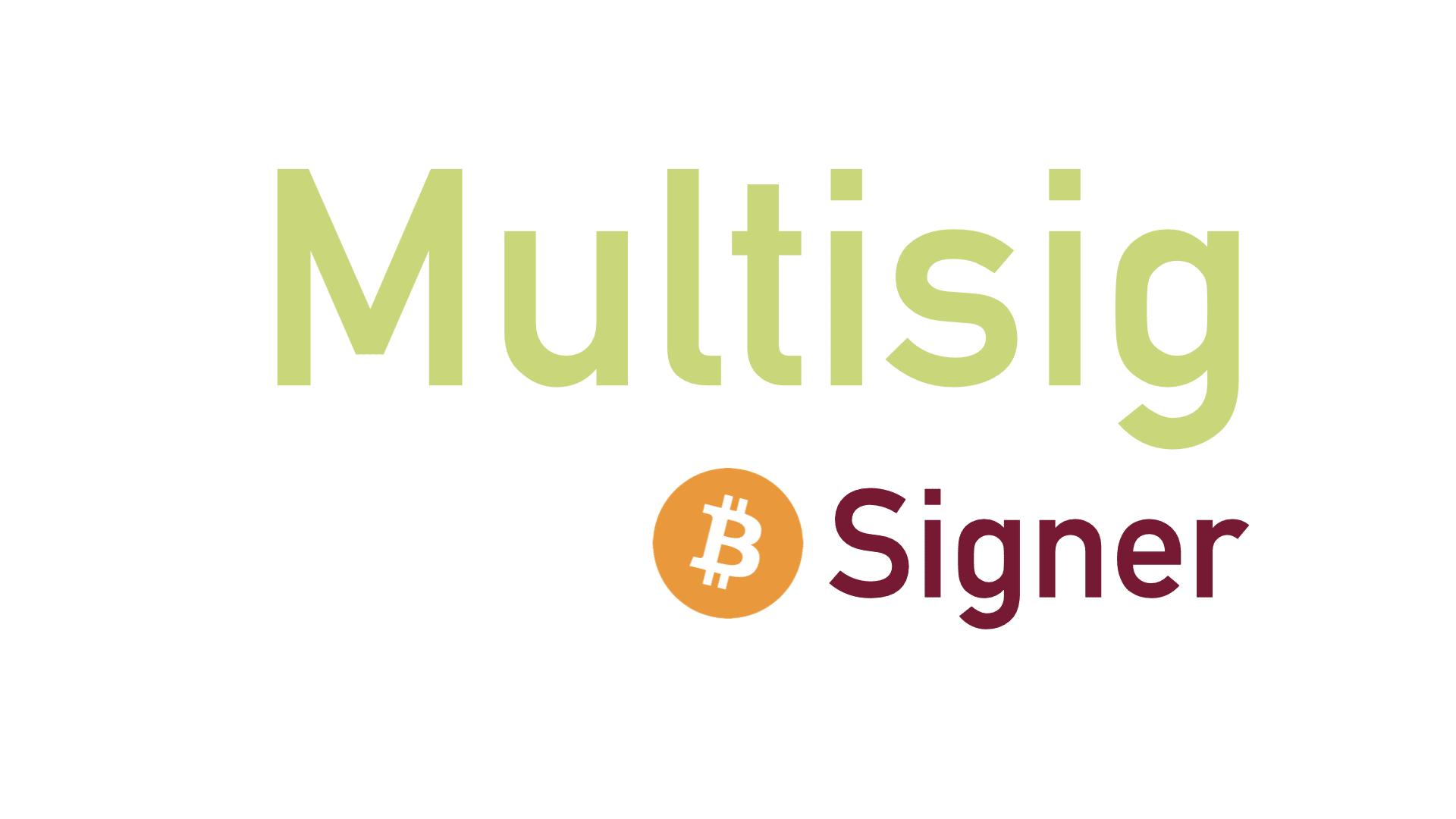Home » Knowledge Base » Features »
Open Source Software
What Is Open Source Software: A Comprehensive Guide

The world of technology is witnessing an unprecedented era with the advent of open source software. This innovative approach to software development, utilisation and collaboration has sparked a revolution in the tech landscape. Our thorough guide aims to shed light on the implications of open source software, its perks and possible pitfalls, and its profound influence on multiple sectors.
Open-source isn’t confined to one niche. It permeates various industries. A notable example is its footprint in the realm of Bitcoin and multisignature technology. As we delve deeper into this guide, we will explore how open source is reshaping these industries and more. From fostering transparency and fostering community collaboration to democratising software development. Open source software is a game-changer in today’s digital world.
Introduction to Open Source Software


Open source software, a term synonymous with public access software, operates under a model that offers unrestricted access to the software’s source code. This starkly contrasts with proprietary or closed source software where the source code is kept under lock and key. The open source model facilitates a culture of transparency, cooperation and development led by a community of users.
The significant stride in open source software popularity was witnessed in the late 20th century, aligning with the internet’s rise and an increasing demand for software solutions that promote collaboration. The core principles of the open source movement, including free access. The open exchange of thoughts and communal development efforts, became widely accepted.
A notable instance of open source software’s impact resides in the Bitcoin universe. Bitcoin at its core, is an open source project. Many of its associated tools, such as multisignature wallets and most of the hardware wallets embody open source principles. The integration of open source software within the Bitcoin ecosystem paves the way for transparency, improved security and continued innovation.
Open Source vs. Closed Source


When considering software options, the choice often boils down to leveraging open source or closed source solutions. Notably, the world of Bitcoin has seen significant benefits from open source. Why? Open source is marked by a level of transparency that closed source software simply cannot offer. The public availability of the source code allows for independent audits, which dramatically reduces the risk of hidden bugs, vulnerabilities or even backdoors. Closed source software on the other hand, requires that users place a high level of trust in the company that develops and maintains the product.
The innovative capacity of open source software is another key strength. Open source projects welcome contributions from all, fostering a vibrant and diverse community of developers. This collective approach often fuels rapid innovation and the enhancement of software solutions. Contrarily, closed source software may be the choice for businesses wanting to safeguard their intellectual property and sustain a competitive edge. The proprietary nature of closed source software and its legal protection through patents can provide security against potential competitors.
In summary, open source software embodies transparency, inclusivity and rapid innovation. Making it a preferred choice for many, especially in the Bitcoin arena. Conversely, businesses who prioritise competitive edge and intellectual protection may lean towards closed source solutions. Both have their unique strengths and the choice depends on the specific needs and strategy of the user.
Transparency and Security


Emphasising transparency, open source software provides the crucial advantage of letting anyone scrutinise its source code. This level of openness mitigates risks associated with security vulnerabilities, bugs or hidden malicious code. Resulting in a safer and more reliable software environment. Therefore, open source software stands as a bastion against malware and undisclosed backdoors, as the community actively contributes to auditing and refining the software.
In the Bitcoin realm, where transparency is extremely important, open source brings a whole new level of security. Users banking on the safety of their Bitcoin wallets and signing devices can leverage open source tools to personally verify the code, thus significantly reducing the likelihood of vulnerabilities like supply chain attacks (?).
Echoing the Bitcoin community’s credo of “Don’t trust, verify!”, open source embodies this ethos by enabling users to trust the visible and tangible code, removing the need to solely depend on a company or provider’s reputation. Diving deeper into the open source wave, it not only boosts Bitcoin’s transparency but also fosters a proactive community that collaboratively validates and improves the code. Thus, open source software plays a transformative role in shaping a more secure and trusted Bitcoin ecosystem.
Innovation and Collaboration


Open source software propels a vibrant culture of shared innovation and active collaboration. By providing accessibility to the source code for all, open source initiatives draw in a diverse pool of developers. They contribute their unique skills and perspectives, fueling faster innovation and generating top-tier software solutions.
In the realm of Bitcoin, the significance of open source projects is paramount. Bitcoin, an open source endeavour in its own right, has triggered the development of various multisignature tools. These tools amplify the security measures and management of Bitcoin transactions. The beauty of open source lies in its potential to attract talent from across the globe, without the constraints of geographical boundaries or recruitment processes. Leading to exponential growth in innovation.
Open source has also encouraged a global shift towards transparency and community-led development. This democratization of software development has empowered individuals and organisations alike to learn from the code, improve upon it and even repurpose it to suit their specific needs. It is through this open and inclusive approach that open source has become a cornerstone of modern-day innovation.
Recovery and Resilience


Harnessing the power of open source software provides a robust safety net in the face of unexpected scenarios such as a company’s closure or the abandonment of a software project. The open source model ensures the continued accessibility of the source code online, empowering the user community to generate necessary recovery tools. This feature is particularly beneficial in safeguarding the utilisation of Bitcoin and user data.
For Bitcoin enthusiasts, the prospect of fund recovery is of paramount importance. Open source Bitcoin wallets offer a significant advantage in this regard. The transparent nature of their source code enables the community to devise efficient recovery strategies, in case the wallet provider ceases to operate. Thus, the risk of losing access to funds is greatly reduced. Reinforcing the role of open source software in enhancing customer trust, satisfaction and long-term engagement.
Considerations for Multisignature Tools


Choosing the right multisignature tools involves a strategic evaluation of open source versus closed source options. Typically, the transparency and security advantages of open source software make it the preferred choice. Nonetheless, in certain scenarios, integrating closed source tools into a multisignature system can enhance its overall security and resilience. Provided such software is carefully vetted and highly trusted.
Striking a balance to avoid repeating vulnerabilities across multiple components is key in multisignature setups. Therefore, a strategic mix of open source and closed source software can optimise this system’s solidity. Closed source components can offer unique contributions, provided they are thoroughly examined and trusted.
Commendably, open source software shines brightest in multisignature systems through its unparalleled transparency. This openness curbs risks associated with hidden vulnerabilities, fortifying the system against potential attacks. Open source freedoms allow users to personally verify the software’s security. Establishing a strong defense against supply chain threats.
In conclusion, incorporating open source software in multisignature setups not only fosters transparency but also significantly reduces security risks. Its benefits of independent verification and protection against potential attacks make it an essential element in the creation of a robust multisignature system.
The Future of Open Source


The evolution of open source software has been remarkable, with its future showing promising potential. As diverse sectors acknowledge the advantages of transparency, collaboration and enhanced security that it provides, we anticipate a continued rise in the adoption and development of such software.
In the dynamic sphere of Bitcoin and multisignature, the role of open source software is anticipated to grow more pivotal. The decentralised ethos that open projects like Bitcoin embody is in sync with the fundamentals of open source. This approach not only encourages trustless systems but also empowers users to manage their financial assets effectively.
Conclusion
The sweeping influence of open source is reshaping the landscape of software development, usage and security. A transformation that is particularly evident in sectors such as Bitcoin and multisignature technology. Open source’s hallmarks of transparency and security have catapulted it to preference across myriad industries.
Open source software is vital to Bitcoin users aiming to maintain the clarity and safety of their wallets and signing devices. The option to audit the code and engage with a dynamic community fuels innovation and robustness within the Bitcoin network.
The footprint of open source software is expanding, and its impact on technology and society is gaining momentum. It has emerged as a potent catalyst, propelling innovation, fostering trust and facilitating collaboration in our digital era. It has become the backbone of many cutting-edge technologies and its principles are being increasingly adopted in various sectors. This trend is set to continue as more industries recognise the value of open, collaborative development models.

